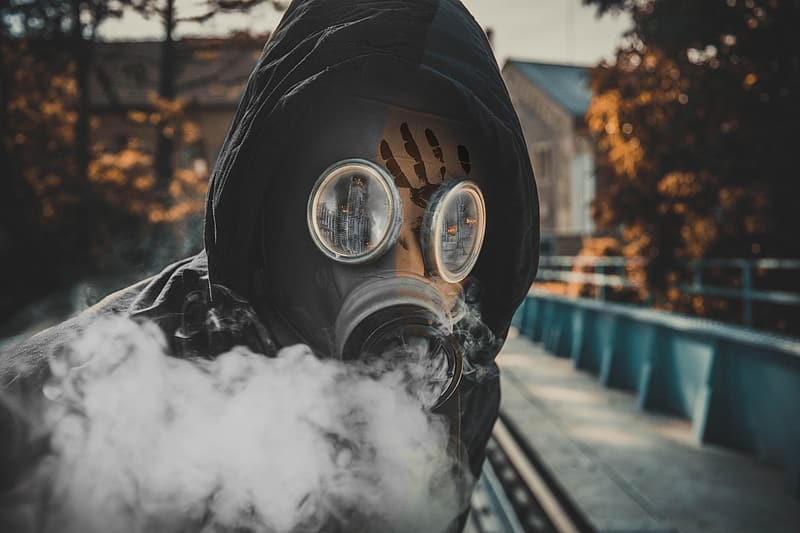
Quantum dots shine new light on latent fingermarks
To make invisible fingermarks, well, visible, forensic scientists use chemical compounds like superglue. But what if instead we could make them glow – using quantum dot technology? Continue reading Quantum dots shine new light on latent fingermarks








